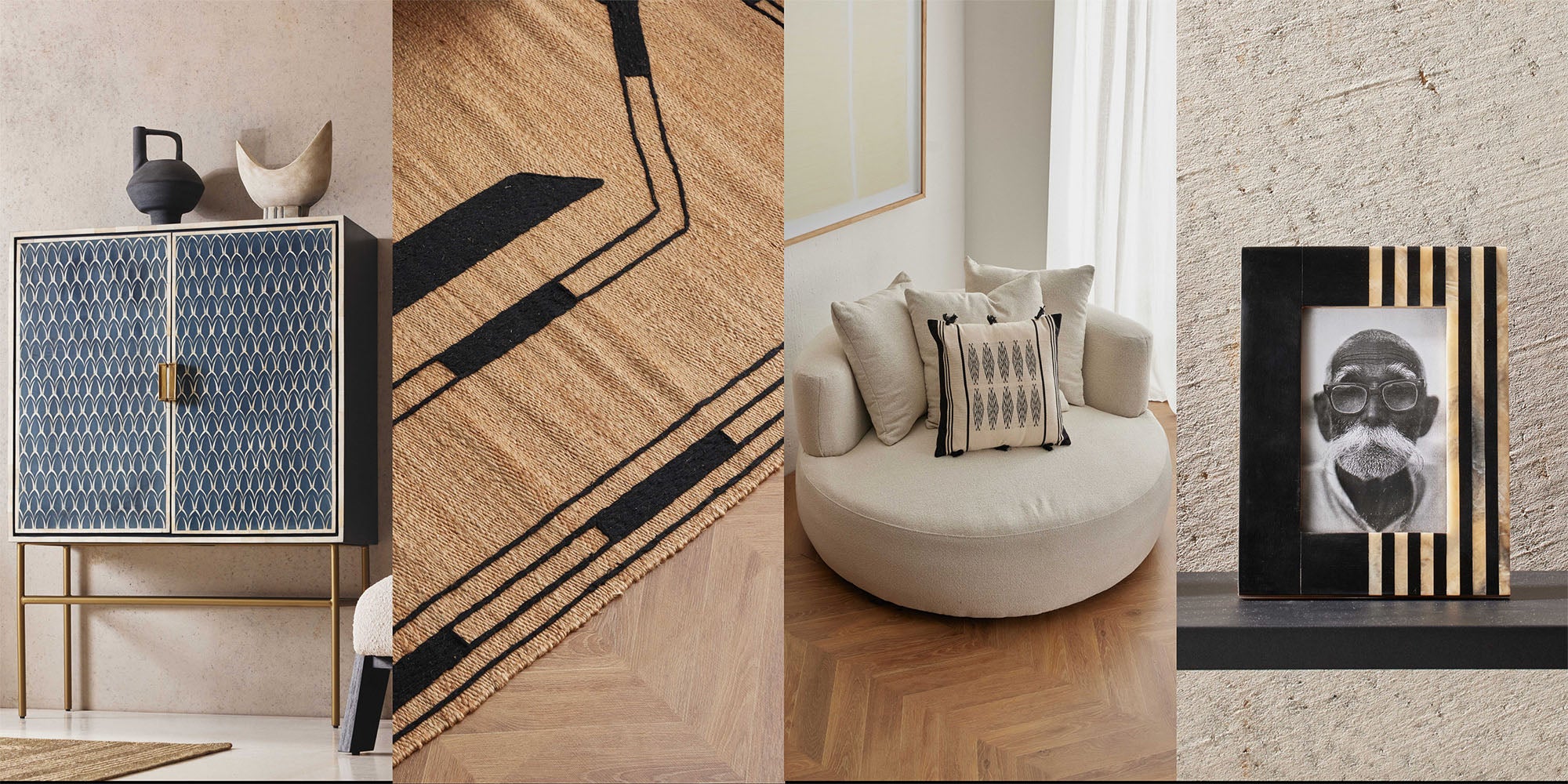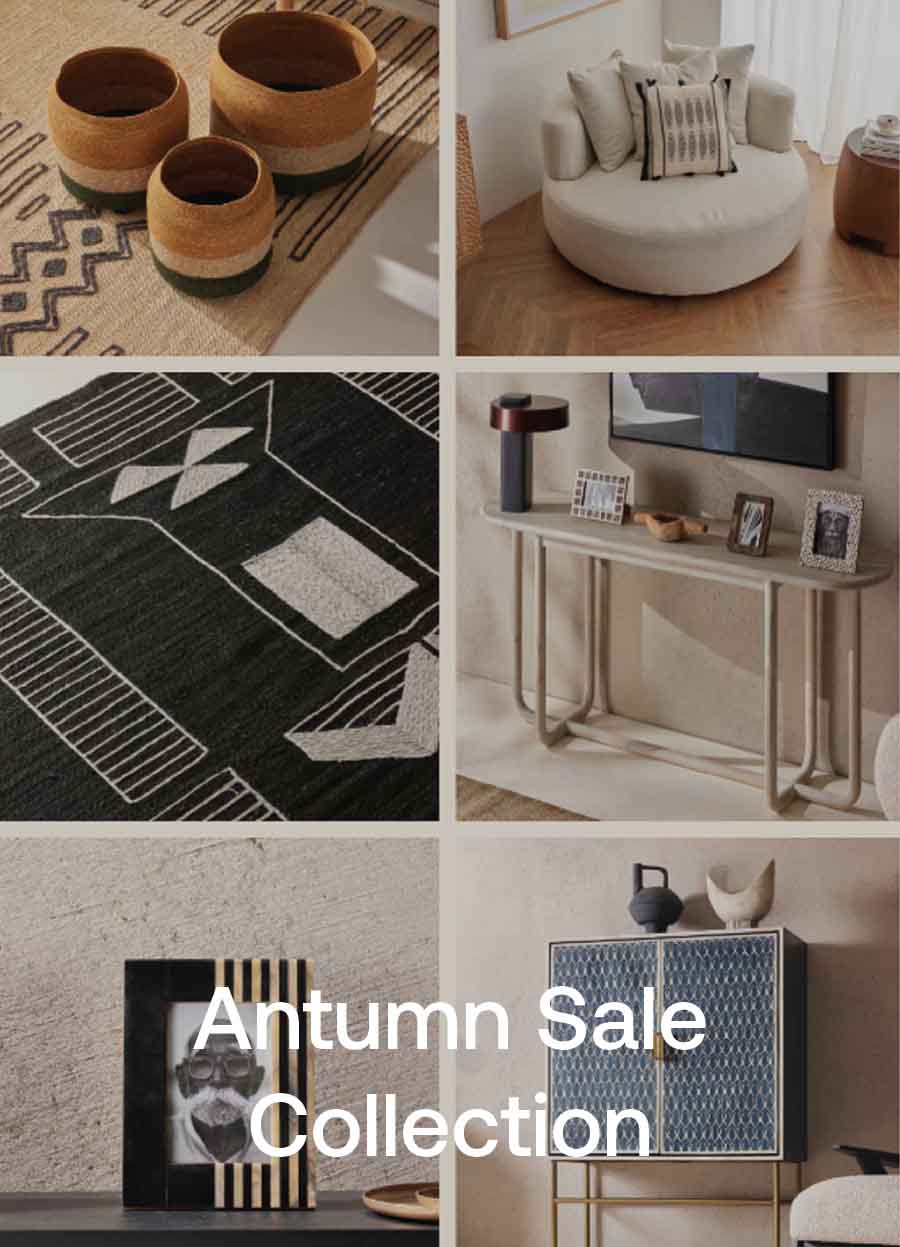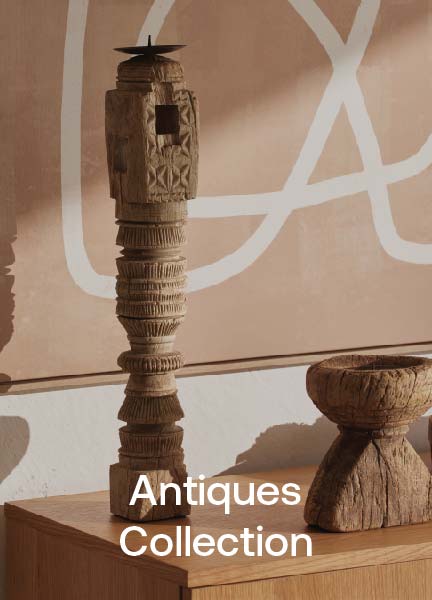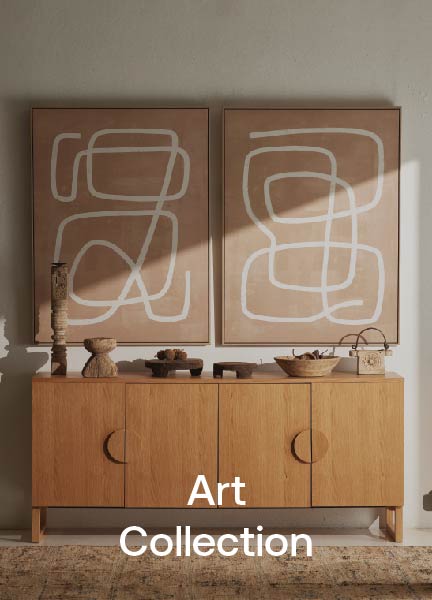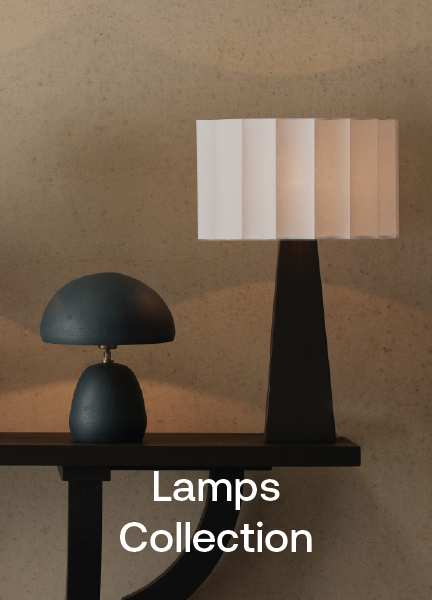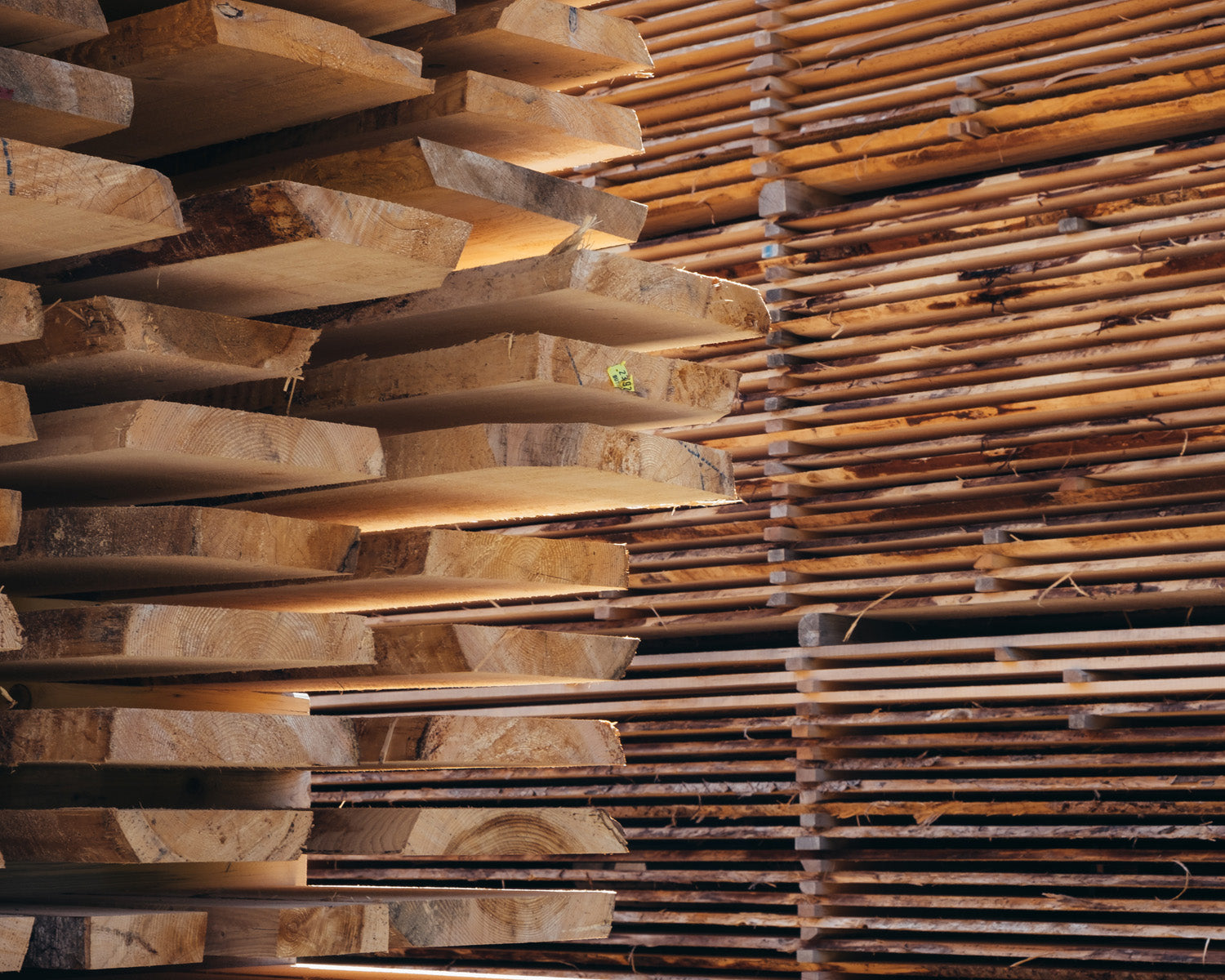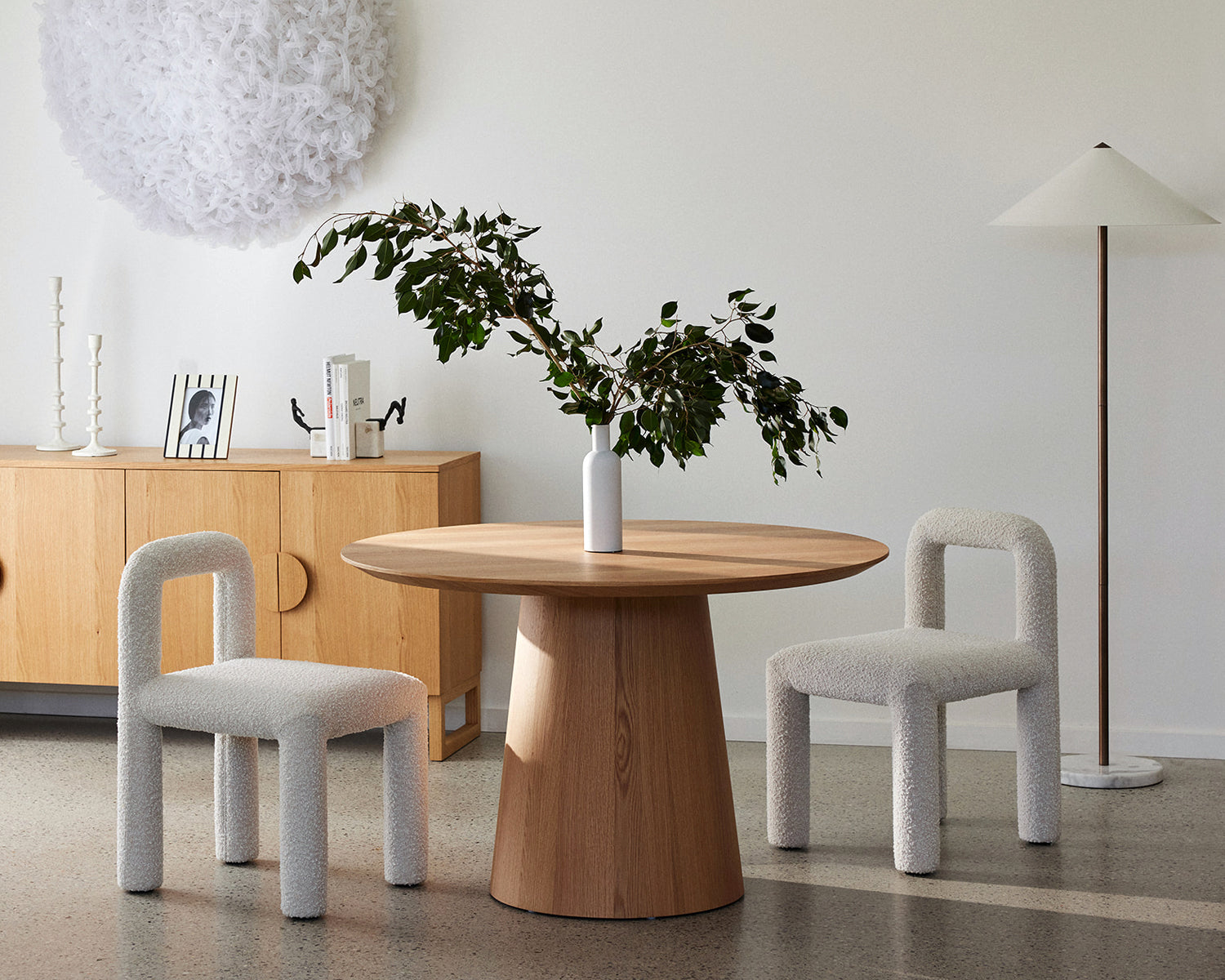Designing for Sustainability
In a world where environmental concerns are at the forefront of our collective consciousness, the role of designers and brands in shaping a sustainable future cannot be underestimated. This journal chronicles the journey of Horgans as we delve into the realm of sustainable product design. Through a combination of innovative materials, thoughtful processes, and conscious choices, we aim to contribute to a more environmentally friendly & responsible industry.

The Vision and Mission of Sustainability
Our exploration into sustainable furniture design began with a clear vision and a resolute mission. We envisioned furniture and homewares not just as functional pieces, but as embodiments of our commitment to the environment. Our mission became centred around creating beautiful, durable, and timeless pieces that have a positive impact on both people and the planet.
Materials Revolution
Sustainability starts at the core – with the chosen materials. Traditional furniture often relies heavily on virgin resources, but we decided to take a different route. We researched and experimented with a range of sustainable materials, from reclaimed timber to recycled metals and antique collation. Each material brought its unique characteristics, textures, and stories, inspiring us to create designs that celebrate their natural beauty.
Designing for Durability
One of the most sustainable aspects of furniture is its longevity. A well-crafted piece that withstands the test of time significantly reduces the need for replacements. We adopted a design philosophy that emphasises durability, favouring classic styles over fleeting trends. This approach not only reduces waste but also encourages an emotional connection between users and their furniture.
Craftsmanship & Community
In our pursuit of sustainability, we looked to local communities for support. Collaborating with skilled artisans not only ensured high-quality craftsmanship but also reduced our footprint. By supporting community talent and sourcing materials from considerate suppliers in specific areas, we minimised transportation emissions and contributed to the growth of our community.
Minimal Waste Production
Our facilities became hubs of innovation for waste reduction. We implemented efficient manufacturing processes that minimised material waste, transforming even the smallest remnants into functional components or artistic accents. This waste-not mindset not only conserved resources but also challenged us creatively.
Transport and Packaging Reimagined
Sustainability extended beyond the design and production phases. We rethought our packaging to minimise excess and optimise space, reducing the environmental impact of transportation. By focusing on modular designs that could be efficiently flat-packed, we aimed to decrease shipping emissions and make assembly a seamless experience for our customers.
Educating the Consumer
Sustainability is a journey that involves everyone. We understood the importance of educating our customers about the value of investing in sustainable furniture. Through our website, social media, and in-store interactions, we shared stories about our materials, processes, and the positive impact of conscious consumption.
A Final word
Our foray into sustainable furniture design has been a transformative and enlightening journey. As we continue to evolve, we recognise that the path to sustainability is a constant one, requiring ongoing commitment and adaptation. The fusion of creativity, craftsmanship, and consciousness has allowed us to not only create beautiful pieces but also contribute positively to the planet. Our hope is that this journal inspires others in the industry to embrace sustainability as a guiding principle, leading us all toward a greener future.
